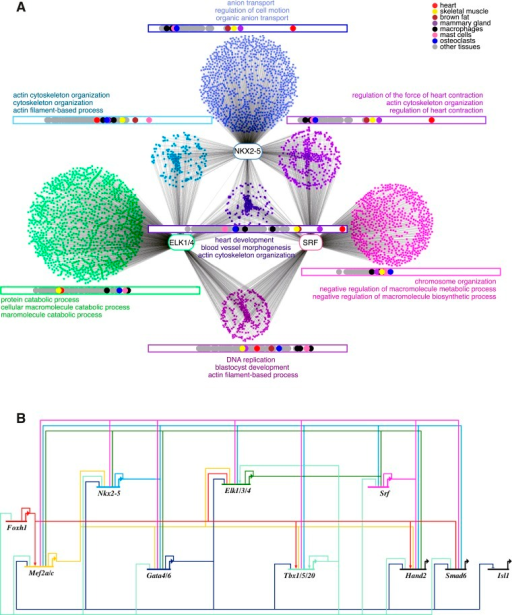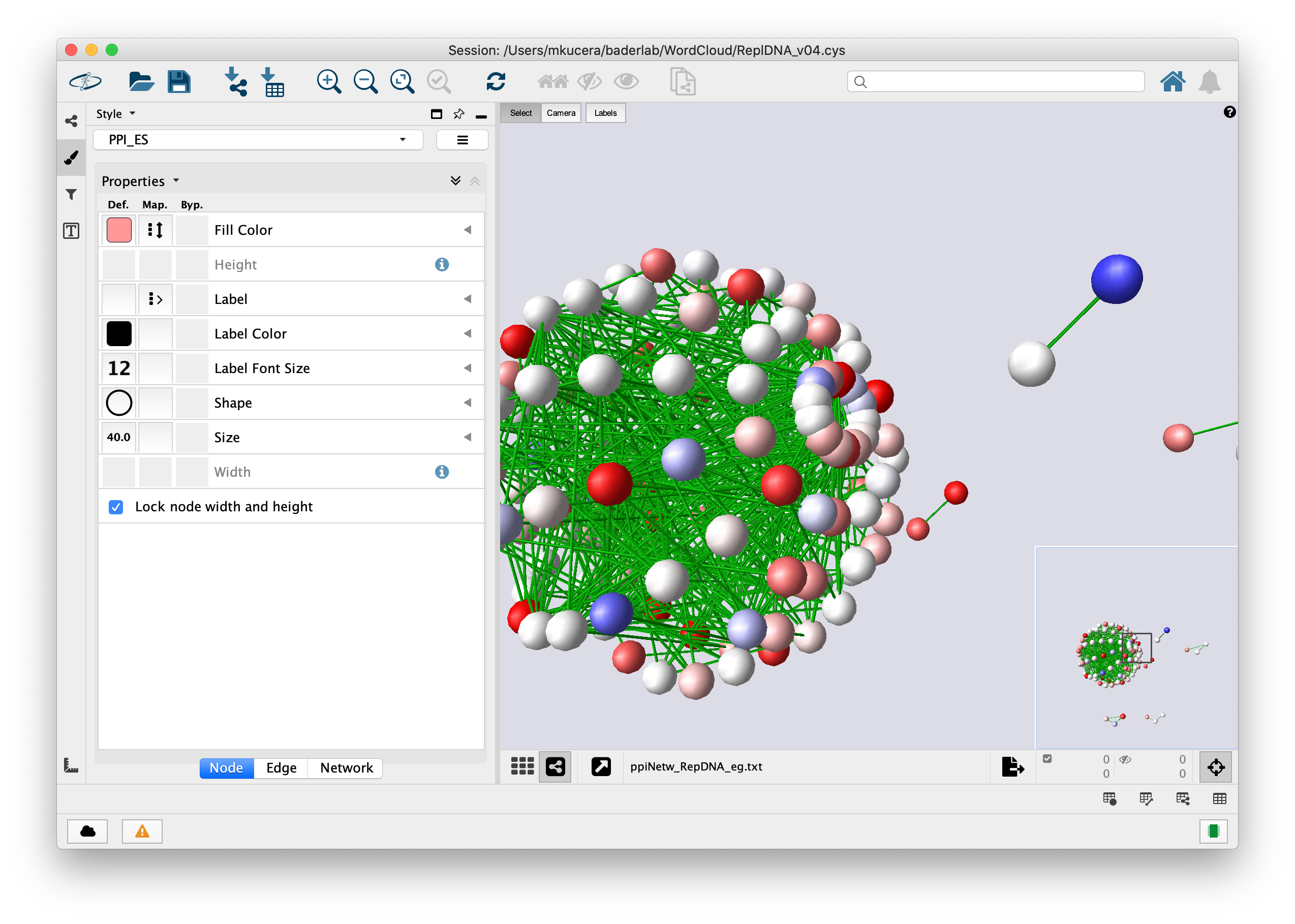

Around 90% of the angiosperm species are hermaphroditic bearing perfect flowers having both male as well as female reproductive sex organs. Further, male-biased proteins associated with pollen germination and tube growth identified here can help in understanding pollen fertility.įlowering plants show three major sexual systems viz. grandis similar to its monoecious cucurbit relatives. Also, our results suggest that the ethylene-mediated stamen inhibition might be conserved in dioecious C. Overall, current proteomic analysis provides insights in the identification of key proteins governing dioecy and unisexual flower development in cucurbitaceae, the second largest horticultural family in terms of economic importance. Additionally, a few proteins governing pollen germination and tube growth were highly enriched in male buds compared to Ag-H and GyM-H buds. AgNO 3 treatment on female plant induced proteins related to pollen development in Ag-H buds. Ethylene biosynthesis-related candidates as highlighted in protein interaction network were upregulated in female buds compared to male buds. SWATH-MS-based comparative abundance analysis between Female_Early_vs_Male_Early, Ag_Early_vs_Female_Early, GyM-H_Middle_vs_Male_Middle and Ag_Middle_vs_ Male_Middle led to the identification of 650, 1108, 905 and 805 differentially expressed proteins, respectively, at fold change ≥1.5 and P ≤ 0.05. Identified proteins were annotated using BLAST2GO pipeline. The latter database was chosen for further analysis as it led to the detection of higher number of proteins. grandis flower bud transcriptome database, resulted in the identification of 24 proteins (FDR ≤ 1%), respectively. Protein search against the cucumber protein sequences (Phytozome) as well as in silico translated C. To identify sex-related differences, total proteomes from male, female, GyM-H and Ag-H flower buds at early and middle stages of development were analysed by label-free proteomics. Also, we have showed that foliar spray of AgNO 3 on female plant induces morphologically hermaphrodite bud development (Ag-H) despite the absence of Y-chromosome. grandis bearing morphologically hermaphrodite flowers (GyM-H) and female flowers (GyM-F). Previously, we have reported a gynomonoecious form (22A + XX) of C.

Male and female plants have 22A + XY and 22A + XX chromosomes, respectively. Coccinia grandis is a dioecious species belonging to Cucurbitaceae, a family well-known for diverse sexual forms. Knowledge of sex-related differences can enhance our understanding in molecular and developmental processes leading to unisexual flower development.

Dioecy is an important sexual system wherein, male and female flowers are borne on separate unisexual plants.


 0 kommentar(er)
0 kommentar(er)
